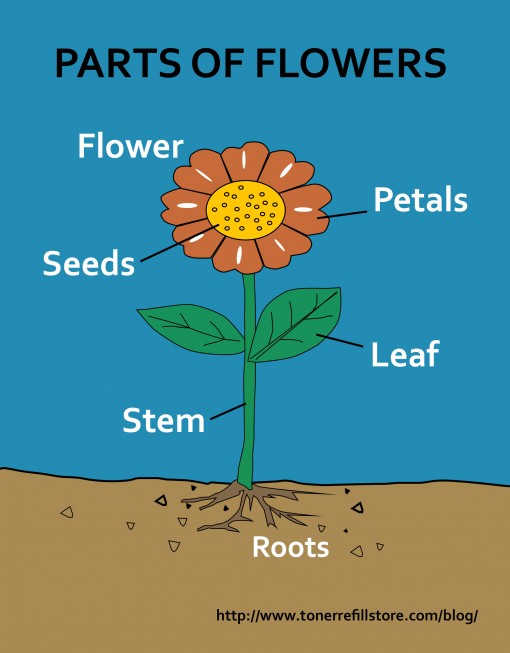What is our theme?
Technology (STEM), sensory
What is the lesson (overall purpose)?
Provide a mud kitchen for your child/children to play and explore using both their senses and a variety of tools.
MA Guidelines/Standards:
APL 1: The child will demonstrate initiative, self-direction, and independence.
APL 2: The child will demonstrate eagerness and curiosity as a learner.
PreK-LS1-3 (MA). Use their five senses in their exploration and play to gather information.
Learning Outcomes:
Songs, Books & Videos (Motivational Techniques)
Listen to the book read aloud “Mud Pie Annie” by Dana Shafer and Sue Buchanan
https://www.youtube.com/watch?v=5N2LahDuNwc
Materials
(THE REST ARE OPTIONAL)
Activity (Procedure):
Before activity: Set up your “Mud Kitchen” area with chosen materials.
I recommend a good, safe spot outside that requires easy clean up.
Activity Wrap Up:
Ask your child to show you things they made! How did they make it?
How do I know what my child is learning? (Assessment)
How can you extend this activity? (Modifications)
Ask your child to help clean up!
Helpful Hints: (Pitfalls & Solutions)
Have mud ready for your child if this is easier!
Technology (STEM), sensory
What is the lesson (overall purpose)?
Provide a mud kitchen for your child/children to play and explore using both their senses and a variety of tools.
MA Guidelines/Standards:
APL 1: The child will demonstrate initiative, self-direction, and independence.
APL 2: The child will demonstrate eagerness and curiosity as a learner.
PreK-LS1-3 (MA). Use their five senses in their exploration and play to gather information.
Learning Outcomes:
- Students will observe a simple transformation of natural materials.
- Students will show initiative, curiosity, creativity and imagination.
- Students will engage their senses while they explore natural materials.
- Students will practice important technology task skills: scooping, pouring, sorting, rolling, lifting, etc.
- Students will participate in dramatic play.
Songs, Books & Videos (Motivational Techniques)
Listen to the book read aloud “Mud Pie Annie” by Dana Shafer and Sue Buchanan
https://www.youtube.com/watch?v=5N2LahDuNwc
Materials
- Something to watch book read aloud
- Dirt and water! Mix in a bowl. As much or as little as you’d like. Show your kids this process to make mud.
(THE REST ARE OPTIONAL)
- Pots and pans
- Mixing spoons
- Spatulas
- whisks
- Measuring cups
- Straining tools
- bowls/plates
- Cupcake pan
- Twigs/sticks
- grass
- acorns
- pinecones
Activity (Procedure):
Before activity: Set up your “Mud Kitchen” area with chosen materials.
I recommend a good, safe spot outside that requires easy clean up.
- When kitchen is ready, allow your child to listen to the book read aloud, “Mud Pie Annie.”
- Tell your child they will be able to make mud pies and other mud food too!
- Make mud with your child
Activity Wrap Up:
Ask your child to show you things they made! How did they make it?
How do I know what my child is learning? (Assessment)
- Is my child engaged in pretend play?
- Does my child understand that mud is a mixture of water and dirt?
- Is my child practicing skills of technology?
How can you extend this activity? (Modifications)
Ask your child to help clean up!
- Scrape out mud into good spot in garden/yard.
- Bring tools to the kitchen sink.
- Allow them to help you rinse off the dirty tools!
Helpful Hints: (Pitfalls & Solutions)
Have mud ready for your child if this is easier!

 RSS Feed
RSS Feed
